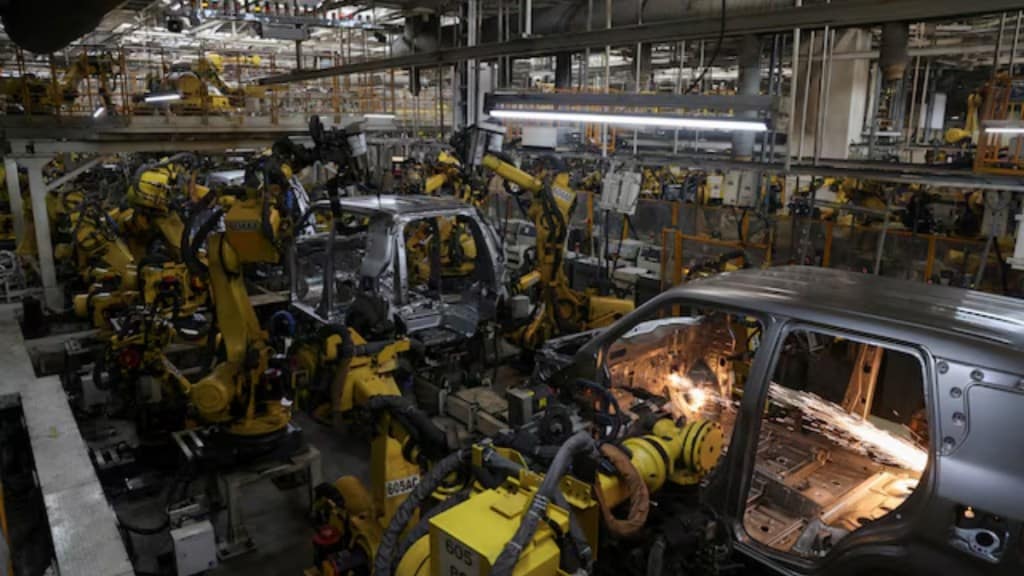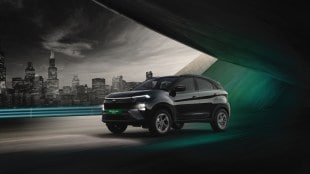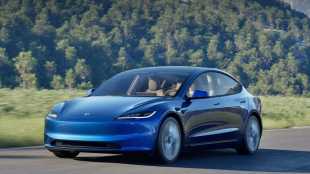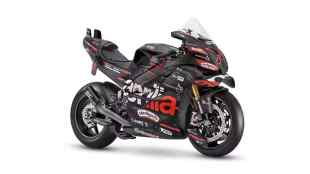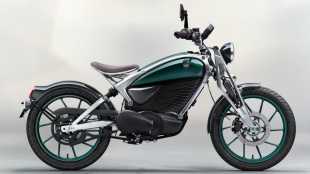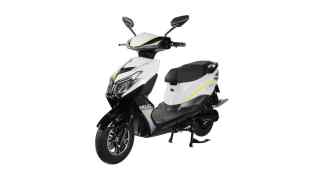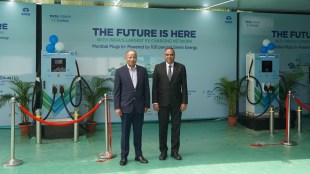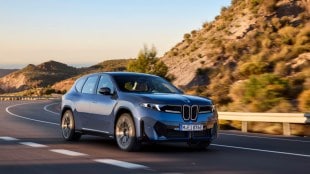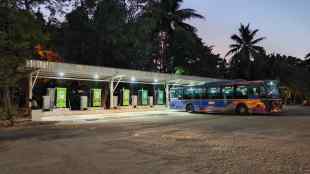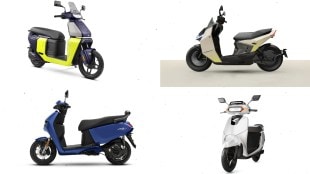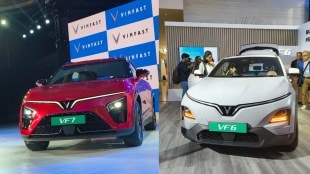The Indian and global auto sectors could face significant challenges as inventories of rare earth magnets are projected to run out by mid-July 2025 for certain automotive applications, due to China’s export restrictions and resulting shipment delays. This supply crunch threatens to disrupt production and impact market stability.
Jitin Makkar, Senior Vice President and Group Head – Corporate Ratings, ICRA Limited, said, “The current unease over rare earth magnet supplies feels all too familiar for India’s automobile industry. The industry, having recovered from the semiconductor supply crunch of 2021–22 that shaved off nearly 100,000 units—or about 4%—from passenger vehicle production, now faces a fresh disruption. With China tightening export controls and delaying shipment clearances, rare earth magnet inventories are projected to last only until mid-July 2025 for several, if not all, passenger vehicle and two-wheeler applications.”
What are rare earth magnets?
The rare earth magnets are made of neodymium-iron-boron (NdFeB) and are known for their strength and efficiency. They are reserved for high-performance automotive applications such as traction motors in electric vehicles (two-wheelers and passenger vehicles) and power steering motors (in passenger vehicles) in both electric vehicles and internal combustion engine vehicles. In comparison, the more conventional ferrite magnets (the small black magnets we usually see) are used for less performance-sensitive applications such as wiper motors, window regulators, and starter motors.
“Motors used in electric two-wheelers typically range in cost from Rs 8,000 and Rs 15,000, depending on their power output and vehicle specifications. Of that, rare earth magnets account for nearly 30% of the total motor unit cost. In FY2025, India imported around $200 million worth of these magnets for both automotive and non-automotive applications, with approximately 85% of this sourced from China. While the trade value may appear modest, the strategic dependence it reflects is anything but. The supply uncertainty has cast a shadow on production planning. The dependence on China for these specialised materials could upend the automobile sector, particularly the fast-growing electric vehicle segment if the concern remains unresolved,” Makkar added.
Long-term strategy: National self-reliance
Shipments of Rare Earth Elements components from China have slowed significantly due to newly imposed export licensing requirements. Under the revised framework, Chinese exporters must disclose detailed end-user information, which is subject to verification by Chinese authorities before any shipment is approved. This verification process has led to considerable delays.
To reduce their exposure to rare earth magnet shortages, Indian auto component manufacturers and OEMs are exploring several alternatives. These include importing fully assembled electric motors from China, sending rotors to China for magnet assembly and re-importing them, investigating substitute materials that offer similar magnetic performance without being classified as rare-earth-based, and transitioning to magnet-free motor designs using electromagnets or other inductive mechanisms. However, each option presents significant logistical, regulatory, and engineering challenges. Implementing these workarounds will require rapid acceleration of development, testing, and validation cycles to minimize disruptions to vehicle production, especially as inventories may run out by mid-July 2025.
Madhusudhan Goswami, Assistant Director, CareEdge Ratings said, “India’s rare earth element crisis is not merely a supply chain disruption but a strategic wake-up call. The bottleneck created by China’s export licensing regime has exposed the fragility of India’s EV ambitions, with inventories depleting and approvals stalled. This crisis underscores the perils of over-dependence on a single geopolitical actor for critical inputs. The path to resilience lies in building a full-spectrum domestic REE ecosystem. Strategic reserves, public-private R&D, and global partnerships must converge into a coherent national strategy.”
